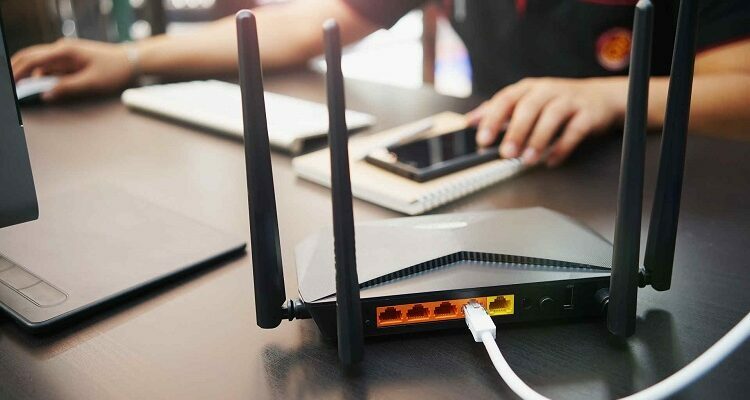Fibre optic connections will be clarified in this item. Everyone knows that it’s new and fast but not much else.
One human hair is bigger than a fibre optic cable. The info was directed on copper cables on old broadband connections. On a fibre optic connection, glass and plastic cables are used to direct the info.
When fibre optic broadband was born, the meaning of the internet changed forever. 10 years ago we used to access the internet over a dial up connection. Fibre optic broadband has downgraded the speciality that ADSL broadband once offered.
Fibre optic connections have ensured that the internet has a rosy future. It is finally becoming a reality, something that we only dreamed about years ago.
Faster internet speeds are expected by 2014. For example, an ADSL connection will currently give a top speed of 24Mbps, whereas a fibre optic connection can reach 100Mbps.
A fibre optic connection will speed up many processes such as downloading music, playing games and watching films online. The only disadvantage of a fibre optic connection is that standard broadband is cheaper than it.
How Does It Work?
Fibre optic broadband covers greater distances as well as improving signal and frequency. This results in quicker internet speeds and enhanced bandwidth.
Advantages
Faster Downloads – By 2014, 300Mbps is expected to be the maximum speed of fibre optic broadband. 100Mbps is the current top speed.
Speedy Uploads – A fibre optic connection will allow you to make uploads at 30Mbps. All other internet connections are slower.
Multiple Users – If the same connection is being used by many different people, it won’t make accessing the internet any slower.
Disadvantages
Cost – The time of the year and your supplier will determine the price you pay for fibre optic broadband. However, you should expect to pay around £20 a month.
Availability – Fibre optic broadband is only accessible to regions with the highest population currently.
Speed
Fibre optic isn’t a one speed fits all. Your speed will be determined by how far your home is located from the cabinet.
| Download times….. | Picture | Video | Album | Motion picture | Every episode of Friends | |
| Standard Internet Connection | 0.3 seconds | 18 seconds | 25 seconds | 6 minutes, 51 seconds | 49 minutes, 13 seconds | 37 hours |
| Current Fibre Optic Connection | 0.03 seconds | 1.8 seconds | 2.5 seconds | 41.1 seconds | 4 minutes, 45 seconds | 3 hours, 48 minutes |
| Future Speeds (2014) | 0.002 seconds | 0.12 seconds | 0.17 seconds | 2.74 seconds | 19.75 seconds | 14 minutes, 54 seconds |
What Is The Future?
By 2014, a FTTC connection is likely to reach top speeds of 80Mbps. 40Mbps is the current speed. While a FTTP connection is likely to receive speeds of approximately 100Mbps.
A connection is not expected to be established in rural areas for some time yet. However, experts are planning to group aerial, modem, phone and CPE signals to make it possible to establish a connection. According to reports, a new connection that goes through the sky will give rural areas access to fibre optic broadband. However, as mentioned earlier this is still a long way off.














Comments